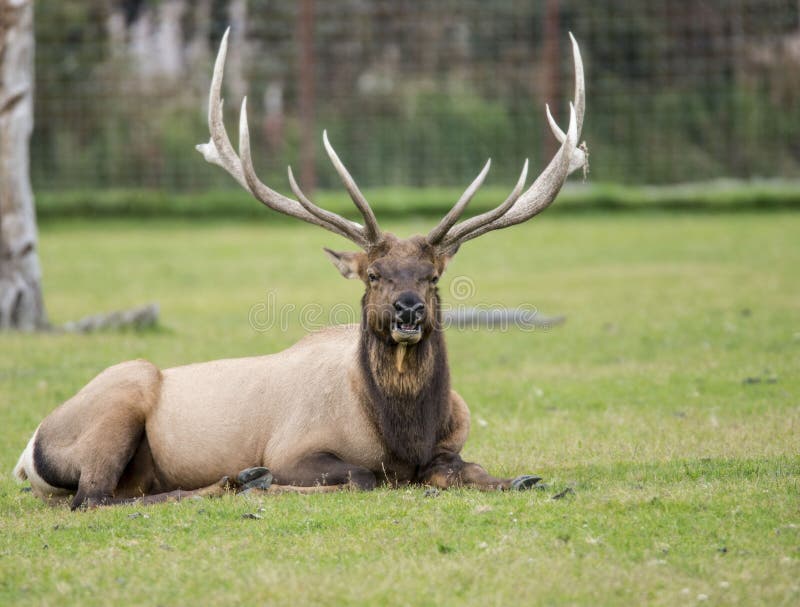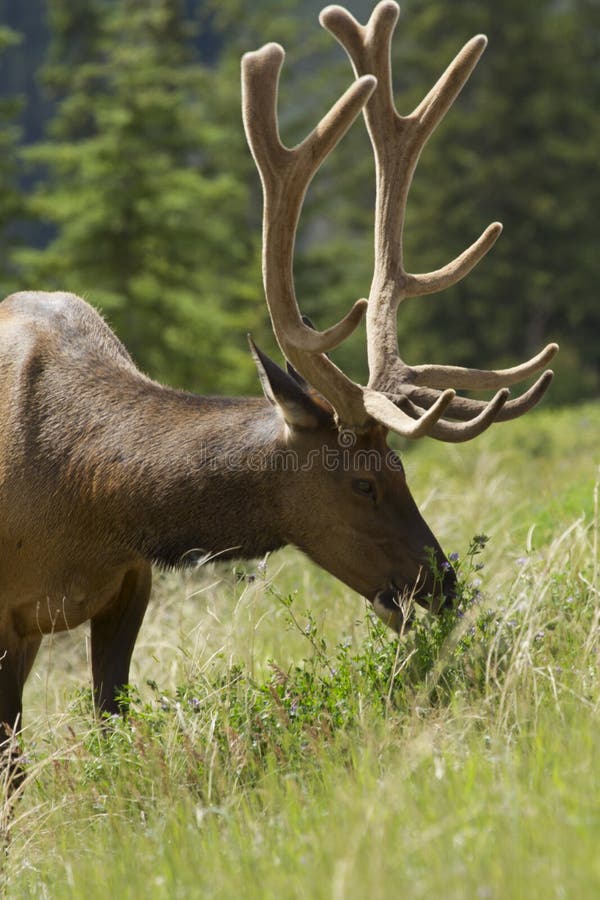

SPRING: most elk shed their antlers in March. SENSES: elk have an acute sense of smell and excellent eyesight. LIFESPAN: elk can live as long as 15 years. Females are ready to breed in the second autumn of their lives. They can stand within minutes of birth and calf and cow usually rejoin the herd within a couple of weeks. OFFSPRING: cows usually give birth to only one calf per year. Gray wolves and mountain lions, both of which have been extirpated from the Great Smoky Mountains, are successful predators of elk elsewhere. PREDATORS: coyotes, bobcats, and black bears may kill young, sick, or injured elk. Adult males have antlers that may reach a width of five feet.ĭIET: grasses, forbs, and acorns bark, leaves, and buds from shrubs and trees. Adults are 7-10 feet long from nose to tail and stand 4 1❂ - 5 feet tall at the shoulder. SIZE: adult males weigh an average of 600-700 pounds.

Successful wildlife reintroductions in Great Smoky Mountains National Park have included the river otter, Peregrine Falcon, and three species of small fish. In cases where native species have been eliminated from park lands, the National Park Service may choose to reintroduce them. A primary mission of the National Park Service is to preserve native plants and animals on lands it manages. By 1900, the population of elk in North America dropped to the point that hunting groups and other conservation organizations became concerned the species was headed for extinction. In Tennessee, the last elk was killed in the mid-1800s. The last elk in North Carolina was believed to have been killed in the late 1700s. They were eliminated from the region by over-hunting and loss of habitat. Elk once roamed the southern Appalachian Mountains and elsewhere in the eastern United States. Biological Resources Division, and the University of Tennessee. Project partners include the Rocky Mountain Elk Foundation, Parks Canada, Great Smoky Mountains Natural History Association, Friends of the Smokies, the U.S.G.S. If the animals threaten park resources or create significant conflicts with park visitors, the program may be halted. All elk are radio collared and will be monitored during the five-year experimental phase of the project. In 2002, the park imported another 27animals.

When the males fight for mates they rub off all of their velvet by bashing their antlers together during fights of dominance.Įlk antlers have six tines, or branches, total.The experimental release of elk into Great Smoky Mountains National Park began in February, 2001 with the importation of 25 elk from the Land Between the Lakes National Recreation Area along the Tennessee-Kentucky border. New antlers are covered with a soft coating called velvet. They are also called red deer.īulls grow new antlers every year. This is a Native American word meaning "light-colored deer," according to National Geographic. There are more than 750,000 elk today in the United States and Canada, according to the Smithsonian. Cervus elaphus yarkandensis (Yarkland deer)Įlks are not endangered, according to the International Union for Conservation of Nature's (IUCN) Red List, because the population is increasing, overall, and it has a wide distribution.Cervus elaphus macneilli (McNeill's deer).Cervus elaphus corsicanus (Corsican red deer).Cervus elaphus barbarous (Barbary deer).

Kingdom: Animalia Subkingdom: Bilateria Infrakingdom: Deuterostomia Phylum: Chordata Subphylum: Vertebrata Infraphylum: Gnathostomata Superclass: Tetrapoda Class: Mammalia Subclass: Theria Infraclass: Eutheria Order: Artiodactyla Family: Cervidae Subfamily: Cervinae Genus: Cervus Species: Cervus elaphus Subspecies: Here is the taxonomy of elk according to the Integrated Taxonomic Information System (ITIS): They tend to live around eight to 12 years, though they sometimes live to more than 20 years. Elk are ready to mate around 16 months of age. After 16 days the calf will join the herd and complete weaning by 60 days of age, according to the ADW. (14 to 16 kg) when they are born.Īfter just 20 minutes, a calf can stand on its own. Elk babies are called calves and weigh around 31 to 35 lbs. A cow usually gives birth to one baby at a time after a six-month gestation period. Males are called bulls and females are called cows. Elk congregate on the Camp Creek Feed Ground in northwestern Wyoming.


 0 kommentar(er)
0 kommentar(er)
